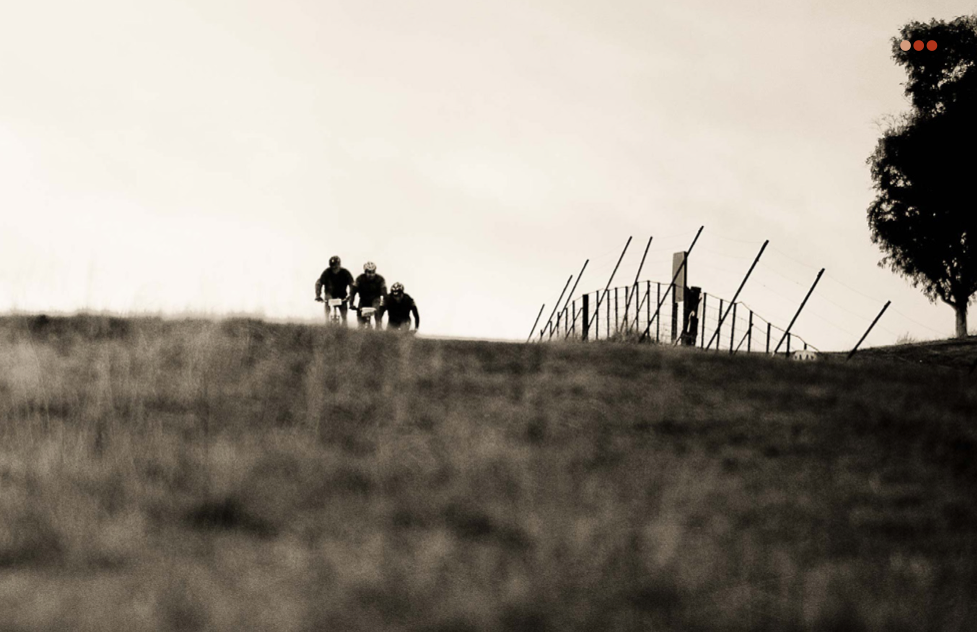This feature appears in the current issue of Flow Mountain Bike magazine. Pick up your copy to read the rest of the story and find out how mountain biking in Canberra has grown through both good and bad times.
Want more? Then for just 10 cents a day you can join Flow and you’ll get the next four print issues delivered right to your door – plus access to exclusive Flow online content. That’s froth worthy.
The early days
Mountain biking in Canberra was born in the mid-80s. Local rider Ian Downing, who has been a part of the fabric of mountain biking in Canberra since it began, has fond memories of the bikes of that era.
‘The very first time I saw a mountain bike was out the front of a local shop in 1983 or ’84,’ he said. ‘I rushed outside to see it properly. It was a Ritchey, a really fancy high-end bike, and I could see immediately that it was purpose- built for riding off-road.’
The bikes arriving in town was just one half of the equation, however, and Canberra, with its ‘Bush Capital’ tag, was the perfect environment for bikes and trails to mix. Mal Bennett, like Ian, has been part of mountain biking in Canberra from the beginning. Mal was one of the first to introduce the new bikes to Canberra’s local fire trails.
‘Back then, mountain biking in Canberra was very raw,’ says Mal. ‘There was a core group of us that rode off-road, mainly around Bruce Ridge and Black Mountain – and a little bit of Mt Majura. We started off using fire trails and walking tracks.
‘We started building some singletrack,’ Mal continues, ‘But generally it was where the rain or kangaroos had made them. It was whatever we could get our hands on.’
But the fire trails and roo paths soon wore thin. Mal and his crew wanted more, something to push their skills.
‘Mt Majura was where mountain biking really took off,’ Mal says. ‘People started to get into track building. The trail-building work was pretty ragged back then. It was at different stages of growth, depending on who was doing what. People experimented.
‘That was the beauty of it really. It was home- grown, it was a bit rough – the tracks were
all over the place. But that was what we liked about them. They were technical, tight, bumpy, loose and a bit eclectic,’ laughs Mal.
Mountain biking had taken a hold of Canberra riders and the sport was growing very quickly. It was not long before Canberra was hosting national-level racing. People travelled to Canberra for the racing, and from there Canberra quickly became a very large dot on the Australian mountain biking map. Graeme Allbon has been part of mountain biking in Canberra since year dot. He picks up the story:
‘Canberra had its first nationals in 1988. It hosted the nationals for three years: 1988 and 1989 was Pierce’s Creek, and 1990 was Stromlo, where Stromlo Forest Park is now. The racing at Stromlo started and finished at Blue Gums, which is still used on the trails today.’
The rebellious teen and the ‘illegal’ singletrack
The famous Canberra singletrack is everywhere. These days you don’t have to look too hard to find a patch of flowing trail that is nicely groomed, well maintained and, most importantly, supported by the landowners.
But most of the trails in Canberra didn’t start off as legal entities. Soon after Canberra’s riders got their first taste of the thrills of riding tree- lined goat tracks, people started building their own trails. Disparate groups banded together to build the singletrack network around Canberra, and tracks started popping up in places like Mt Majura, Stromlo, Mt Ainslie.
This sudden growth spurt gave local riders greater freedom to forge their own way forward, thereby advancing the boundaries of the sport as a whole. Canberra started producing worldclass athletes.

